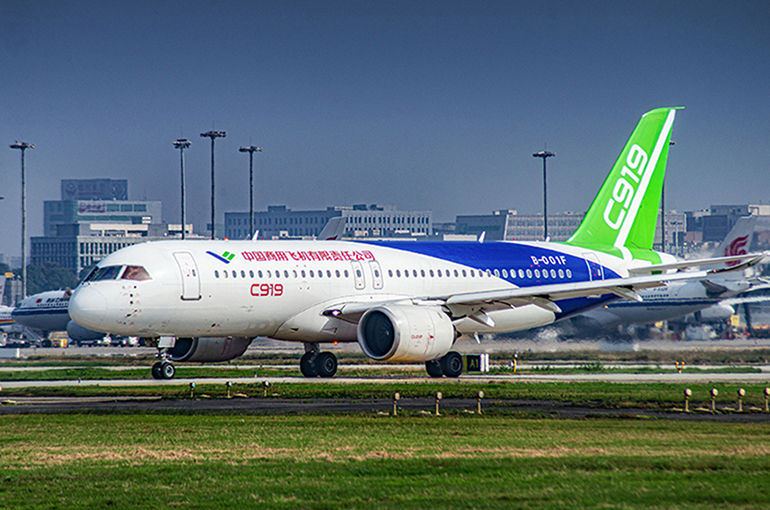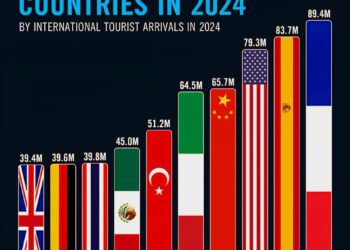Select Language:
Malaysia Airlines Group, which owns the brands Malaysia Airlines, Firefly, and MASwings, is actively considering aircraft from China’s Commercial Aircraft Corporation for its upcoming fleet. This move is part of its long-term development strategy extending through 2035 to 2040, according to the company’s managing director in an exclusive interview.
“We are reviewing aircraft options that align with the airline’s growth plans, and Chinese models are under serious consideration,” stated Datuk Captain Izham Ismail, group managing director of MAG.
This evaluation aligns with the airline’s five-year plan through 2040. “Our discussions with COMAC began last year and intensified in the second quarter of this year. We will continue assessing the C919 as a potential addition to Malaysia Airlines’ future fleet,” he explained.
Currently, the airline’s focus is on the larger C919 narrow-body aircraft, although Ismail stressed a cautious approach as the airline recovers from the pandemic. “Any business decision must prioritize innovation, safety, airworthiness certification, operational practicality, and most importantly, commercial viability,” he said. He also mentioned that a final decision might be announced around 2026.
He added that the airline has not yet inquired about delivery schedules or visited COMAC’s facilities.
Industry-Wide Shipment Delays
The evaluation by Malaysia Airlines coincides with widespread delays in aircraft deliveries affecting airlines worldwide. “All aircraft models are experiencing delivery delays of approximately three to six months,” Ismail noted, attributing these setbacks to ongoing supply chain disruptions. “Manufacturers need to improve their delivery performance.”
The delays also impact engine maintenance, with overhauls that typically take around two months now extending to a year. This affects engines from Rolls-Royce and Pratt & Whitney, although GE engines are performing better, he said.
“I want to commend GE for understanding customer needs,” Ismail remarked. “They’ve worked closely with us, significantly improving engine turnaround times.”
He does not anticipate an immediate improvement in the short term. “In my view, it won’t happen soon—probably within three to five years,” he told us, citing geopolitical tensions, material shortages linked to the Ukraine war, and a post-pandemic loss of skilled labor as key factors.
Despite these hurdles, he believes manufacturers could do more. “OEMs still have avenues to enhance engine turnaround efficiency. For instance, if maintenance that initially takes 50 days is delayed due to raw material shortages, they should aim to minimize that delay as much as possible.”
Effects on China Expansion
The widespread delays have also slowed Malaysia Airlines’ capacity recovery in China, despite passenger demand already rebounding to pre-pandemic levels. Ismail mentioned that current capacity is about 70% of what it was before the pandemic.
“We are adjusting our route network and aim to increase capacity on Chinese routes next year,” he stated. “Deliveries of new A330neo aircraft could further accelerate this recovery if they arrive on schedule.”
The airline plans to launch a service to Chengdu in January 2026 and is also considering Shenzhen as a destination.
While capacity remains constrained, overall performance remains robust. Passenger bookings from China during the recent Golden Week holiday surged 41% year-on-year, with an overall load factor of 82% and business class occupancy exceeding 90%. Approximately 60% of Chinese travelers transit through Kuala Lumpur to destinations like Indonesia, the Maldives, and Australia.
Ismail noted this trend reflects a rise in premium travel after the pandemic. “Business class seats on Australian routes are often fully booked,” he said. “I wanted to return to Malaysia tomorrow, but there were no available business class seats — I have to wait another day. This shows the increasing demand for premium travel.”







